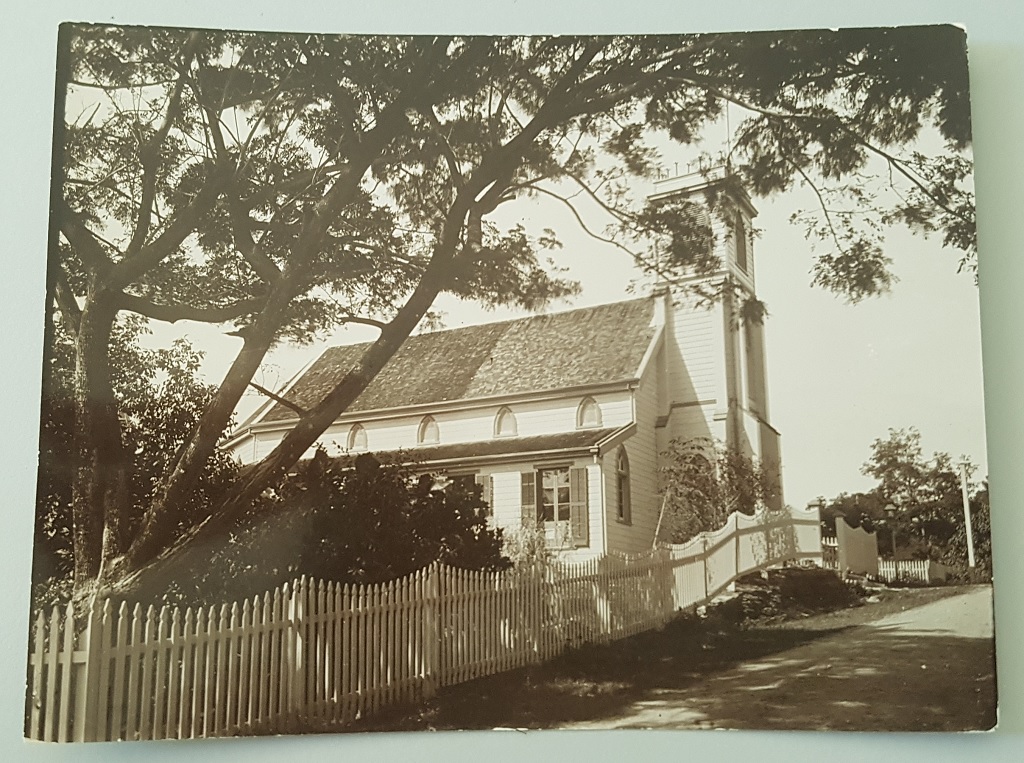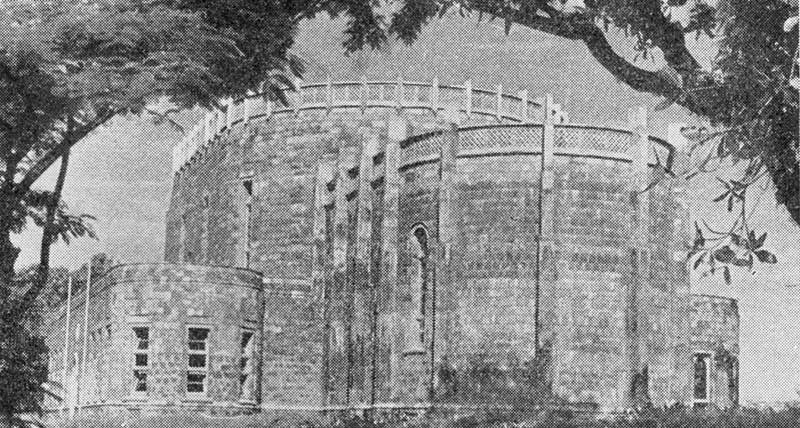Holy Trinity Anglican Cathedral
The Anglican Church was first established in Levuka in 1870. It came under the administration of the Diocese of Polynesia which was created with the consecration of its first Bishop in 1908. The cathedral in Suva was constructed in several stages between the 1950s and 1970s.
Last updated on 26 Apr 2025
Narrated by Tobia Tuitoga


Timeline
1882
In March, James McEwen and Company donated freehold land to the Trustees of the Church of England. The land was on the northern side of Gordon Street (opposite where the present St Andrews Presbyterian Church now stands).
1886
In June, a legal title for an alternative site on the corner of Butt Street and Macarthur Street was obtained with the assistance of the colony’s administrator (Acting Governor, John Bates Thurston). This was because the original site was too close to the Presbyterian Church and during services the choirs were loud enough to disturb one another. A wooden building was constructed in a similar design to St Andrews.
1910
The building was damaged by a cyclone. A proposal to construct a new chapel made of timber was rejected in favour of a concrete, stone or brick building.
1914
For five years the First World War inhibited the progress of the church building project.
1919
A cathedral committee was established and a fund launched by Bishop Twistchel (First Bishop in Polynesia) to raise 10,000 pounds for the erection of a permanent church.
1926
In July a three-acre site was bought for a sum of 735 pounds on the corner of Holland and Knolly Street.
1929
A residence for the Bishop was built on part of the site.
1940
On 25 January, the first of two foundation stones was laid by the Governor, Sir Harry Luke.
1950
On 25 March, the second foundation stone was laid by the Acting Governor, Mr A. F. R. Stoddart in the East wall, which is now referred to as the Lady Chapel. The architect for this first phase was Mr. C. H. Nettleton, the Government Architect. Whans Construction was engaged to build the cathedral for an estimated cost of 17,280 pounds.
1952
The first phase of the cathedral was completed and was consecrated on the Feast of St Mark.
1953
On 25 April, the consecration ceremony was performed by Bishop Stanley Kempthorne, Bishop of Polynesia. Also in attendance was the Archbishop of New Zealand, the Right Reverend Reginald Owen, and the Archbishop of Sydney, the Right Reverend Howard Mowill.
1954
In May, approval was given for the building of the foundation of the second (Western) stage of the cathedral which would contain the nave and the bell.
1955
The foundation was completed and the temporary west wall was to remain a feature of cathedral for 20 years.
1973
On 17 October, a tender of 98,000 pounds from the firm of Cork Builders was accepted to build a Western extension. The original design for this extension was modified to increase ventilation and light
1974
On 22 May, the Western portion of the building was completed and was dedicated by Bishop John Holland on the eve of the Feast of Ascension
References
(2019). Holy Trinity Cathedral Polynesia. Retrieved from https://htcathedralpolynesia.page.tl
(2019). History of the Suva City Council, Suva City Council. Retrieved from http://suvacity.org/history-of-the-suva-city-council/
Bryce, J. (2008). Celebrating 100 years: Diocese of Polynesia 1908-2008. New Zealand: Diocese of Polynesia.
Interview with S. Hala'api'api by T. Tuitonga, T. Halaifonua, & P. Dagoya (July 18, 2019)
Interview with T. MacKenzie by T. Tuitonga, T. Halaifonua, & P. Dagoya (August 11, 2019)
Interview with Rev. T.V. Tomu by P. Dagoya (2019)